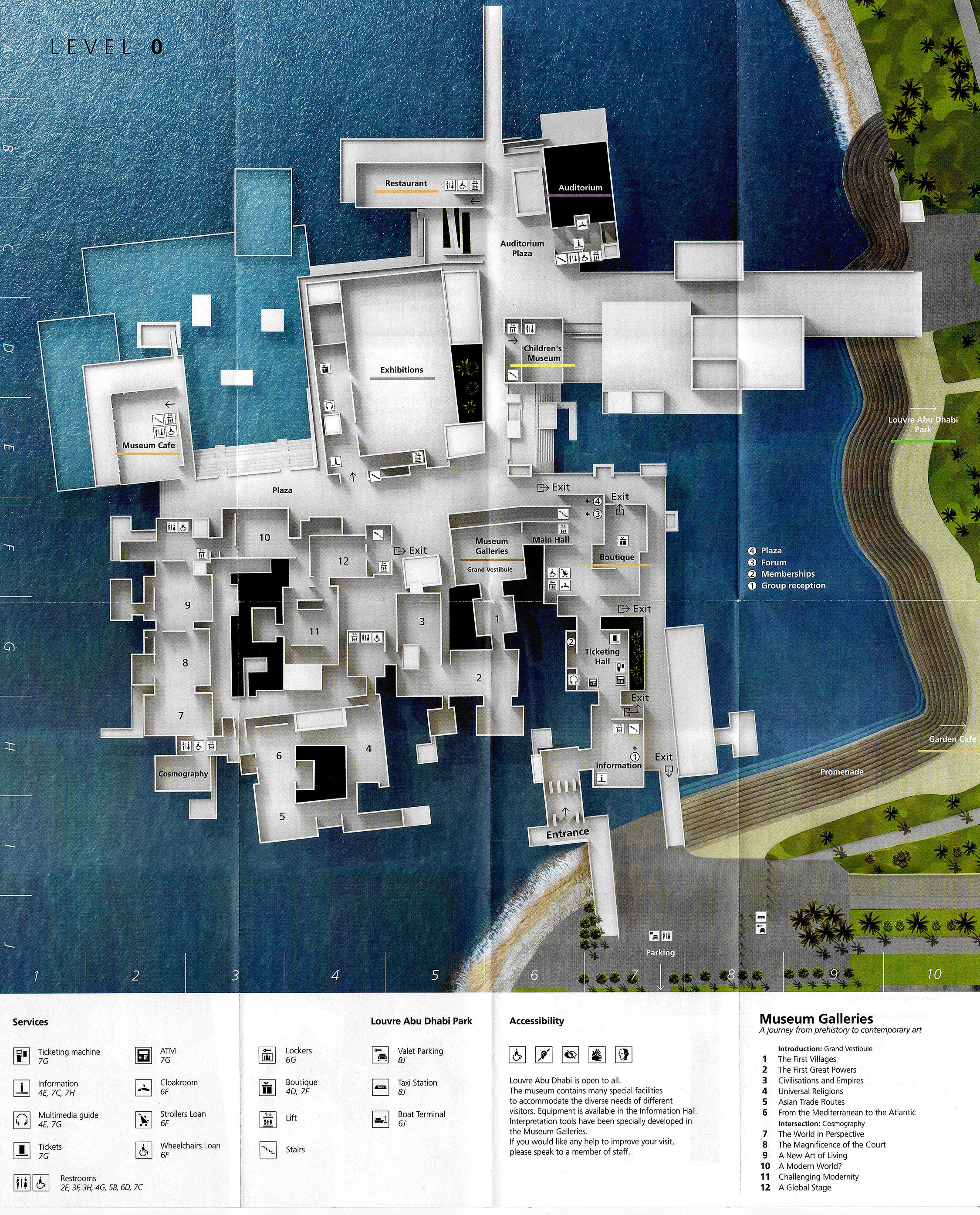The Louvre Lingers
The opening of the Louvre Abu Dhabi, has been eye-opening for artists, enthusiasts, and the layperson, albeit in different ways. It has offered a new space in the Middle East for art to form and flourish. One of our team members visited the museum and shares her thoughts below.
The journey is clear through the gallery spaces of the Louvre Abu Dhabi. You are making an evolution through time, seeing humanity and art develop together. Accentuated by the museum's unique layout, the Louvre Abu Dhabi veers away from the norm and stands as a universal museum. Generally, exhibit art spans regions or time periods; in contrast, the Louvre Abu Dhabi curates art by themes. Through different eyes, the exhibit still has the same effect; to poignantly remind you that we can see ourselves in each other.
The museum is punctuated by small spaces in between select halls, where you are given a brief reprieve from all that you’ve observed. Still, these spaces draw your gaze to artwork carefully placed, designed to make you linger. Else they draw your gaze outward, not just with the magnificence of the dome, but also with exhibits out in the courtyard. Viewing them from a distance behind the glass, you are prompted to pause and reflect.
I made the trip to the Louvre with a friend, Kavya Srinivasan, a storyteller and founder of Empathy Labs, based in Bangalore. Despite our differences, I was surprised how closely her experience at the Louvre matched mine. It was only after she stepped out of the Louvre, after spending the morning marveling at the museum, did she notice or read the billboards about the Louvre across Abu Dhabi. The tag line immediately stood out: See Humanity In A New Light.
Spending her time working with children, Kavya realised that is exactly the purpose that institutions like museums and libraries serve—they allow us to see humanity in a new light. Walking through the exhibits organised by theme, instead of geography or chronology, allowed us to compare across cultures.
“We played a guessing game to see if we could correctly identify where an artefact was from based on the theme and design. We guessed Aztec when it was Greek; Japanese when it was French; and Indian when it was Iranian! And what a delight to be wrong—because what greater humanity could we have than to recognise our pasts are so similar—too similar for us to be worrying about the kinds of differences our world is preoccupied with today.”
As you leave the last of the halls, you are ushered into a large open courtyard. Here you are one among many, milling about and processing the last hour or so reflecting on art. The dome casts light on the walls, which dance about so that even the sunlight becomes an art form. A tree in the courtyard, an art piece behind some glass, all interrupt the emptiness of this space, subverting your expectations. The exhibit of art has ended, but is still ever present.





